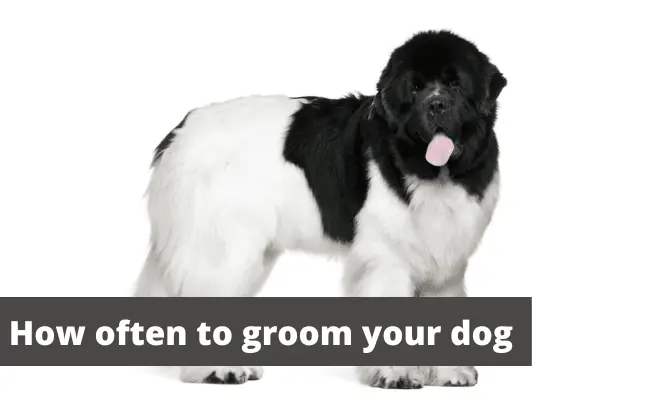Last Updated on
How often should I take my dog to the groomer? This question bugs almost every pet owner, especially new parents.
I’m not a dog groomer or vet, so I decided to reach out to someone who was for advice. I spoke to Patrik Holmboe, the Head Veterinarian at Cooper Pet Care.
Here’s what he told me.
Grooming needs based on coat types
How often you groom your dog depends primarily on the dog’s breed, whether it has hair or fur, the coat’s thickness and length, and your lifestyle.
There are thick, thin, long, and short-haired dogs, and the grooming needs vary accordingly. Let’s understand how often dogs need grooming according to coat length and type.
Double Coat & Long-Haired Dogs
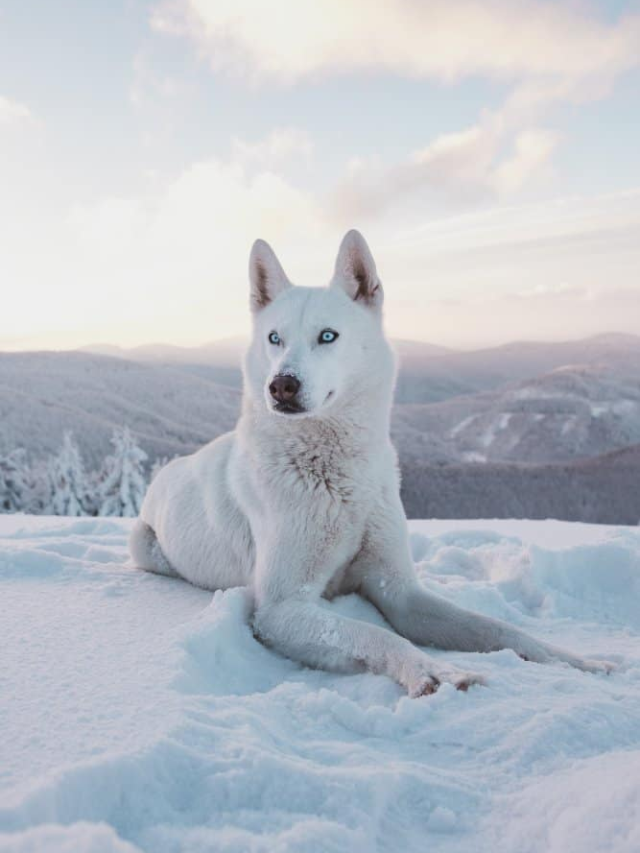
All breeds of double-coated and long-haired dogs need to be brushed every day. Some examples of these types of dogs include:
- Husky (Siberian & Alaskan)
- Australian Shepherd
- Shiba Inu
- Akita
- Bernese Mountain Dog
- Shetland Sheepdog
- Golden Retriever
- Lhasa Apso
- Pomeranian
- Newfoundland
- Great Pyrenees
- Havanese
These dogs have long thick fur covering their entire body, making them prone to matting.
Patrik tells me:
Dogs with a double coat and long hair require regular grooming to keep their coats from tangling and matting. It is recommended to brush them once or twice a week, and to give them a bath every 4-6 weeks.
Patrik Holmboe, Head Veterinarian
Further, double-coated dogs need professional dog grooming every six to twelve weeks, depending on how much grooming you do at home.
How often you bathe your dog also depends on its activity level.
If your dog plays outside often and gets dirt and debris in their coats, they need more baths. However, you don’t want to bathe your dog too often as you can strip their skin of natural oils. Stick to Patrik’s advice and bathe your dog every four to six weeks.
Single Coat & Short-Haired Dogs
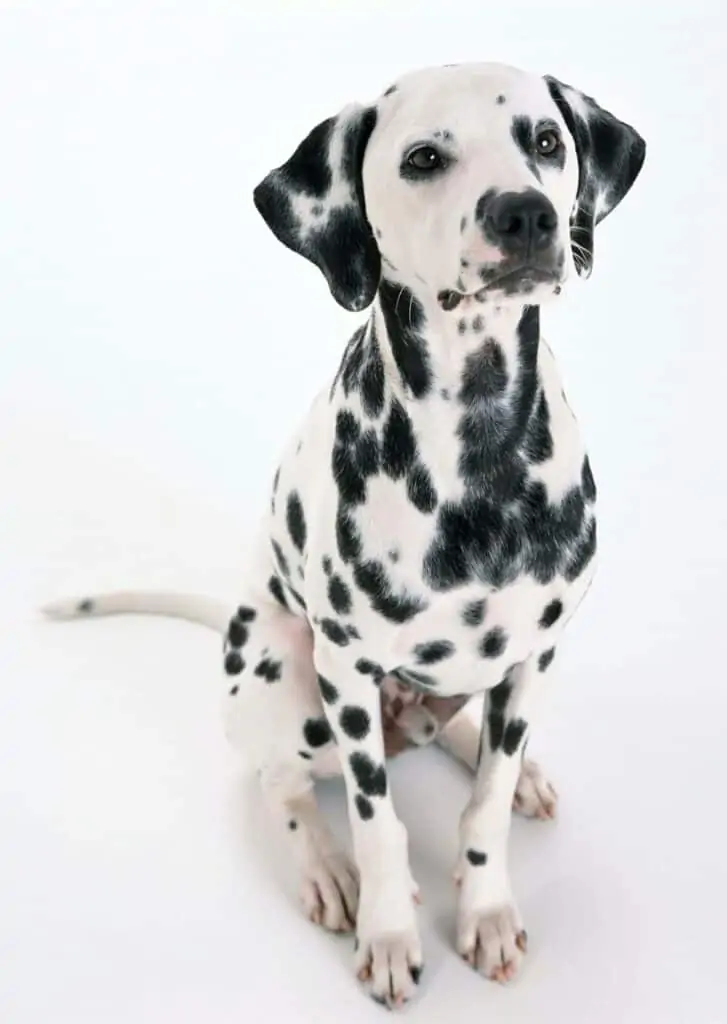
The grooming requirements of short-haired dogs are minimal compared to the long-haired ones. This includes dogs such as:
- American Staffordshire Terrier
- Bulldog
- Boxer
- Basenji
- Dalmatian
- Dachshund
- Greyhound
- Great Dane
- Miniature Pinscher
- Rottweiler
- Weimaraner
Minimal brushing and occasional baths are more than enough to keep your short-haired dog healthy. Short and single-coated dogs have fewer chances of getting mats, and as Patrik explains, don’t need to be groomed as often as other dogs:
Dogs with a single coat and short hair, such as the Bulldog, have low-maintenance coats that require minimal grooming. You should brush them once a week, and give them a bath every 4-6 months, or as needed.
Patrik Holmboe, Head Veterinarian
Over-shedding could be another issue with short-haired dogs. If shedding goes beyond your control, ask your groomer for an anti-shedding treatment that will minimize the issue even though it does not completely cure it.
Short-Haired Double-Coated Dogs
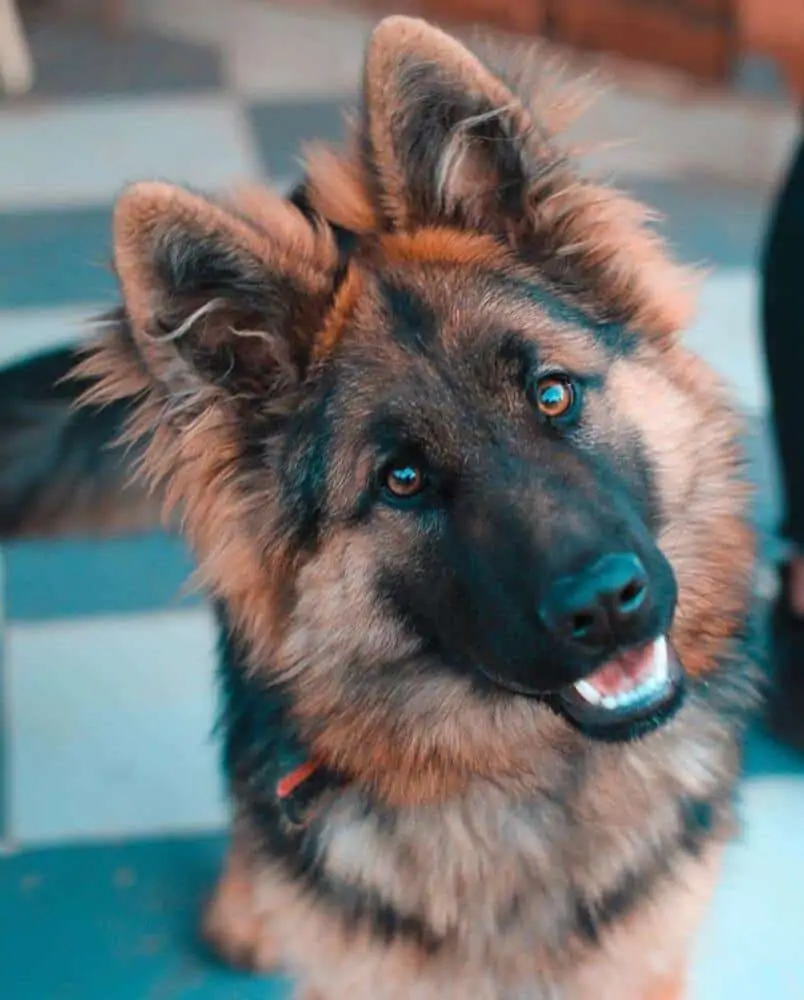
These types of dogs have a soft undercoat and a coarse long upper coat. The undercoat keeps the dog warm, while the upper coat keeps it protected from moisture, dirt, and the sun.
Some dogs with thick and short coats are:
- German Shepherd
- Labrador Retriever
- Beagle
- Chow Chow
- American English Coonhound
- Pembroke Corgi
- Pomeranian
- Welsh Corgi
- Shih Tzu
But the issue with the soft inner coat is that it undergoes heavy shedding during the warm seasons to keep the dog cool. Heavy shedding happens once or twice a year and during these times, these dog breeds need professional grooming.
Dogs with a short-haired double coat, such as the Alaskan Malamute, shed a lot and require regular brushing to keep their coats healthy and free of tangles. It is recommended to brush them at least once a week, and to give them a bath every 4-6 weeks.
Patrik Holmboe, Head Veterinarian
Your pet will also need more frequent brushing at this time for a thorough undercoat removal. Get a grooming rake for undercoat removal and a pin brush or a wire brush for the upper coat.
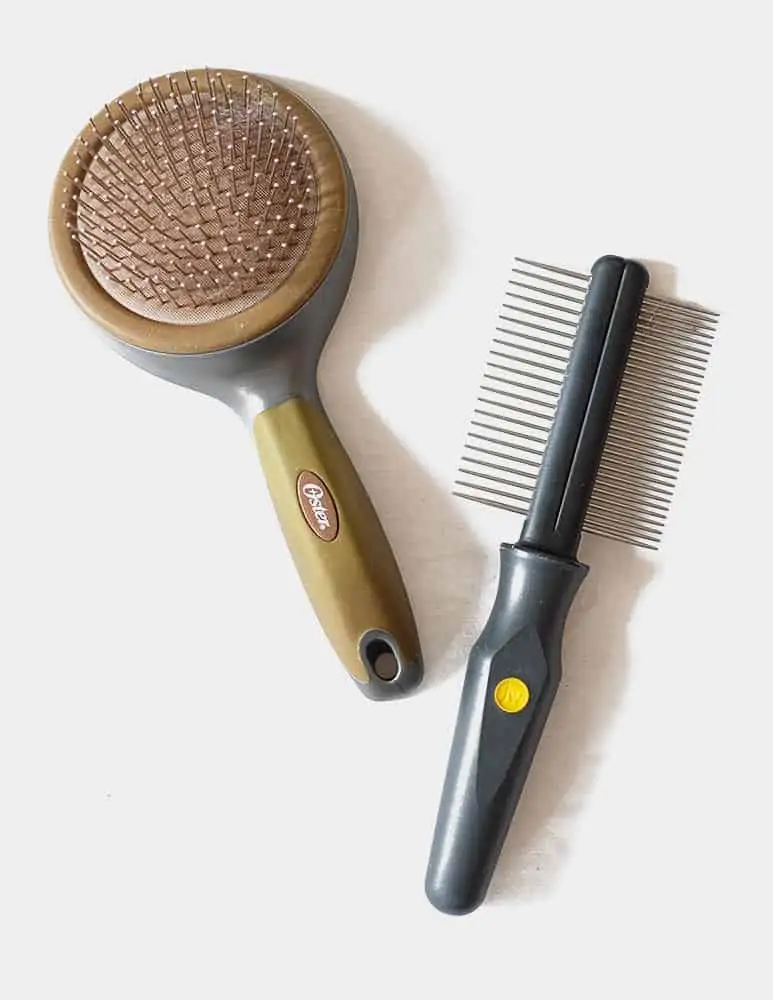
During the low shedding season, regular brushing will keep your dog’s coat healthy.
Dogs With Silky Hair
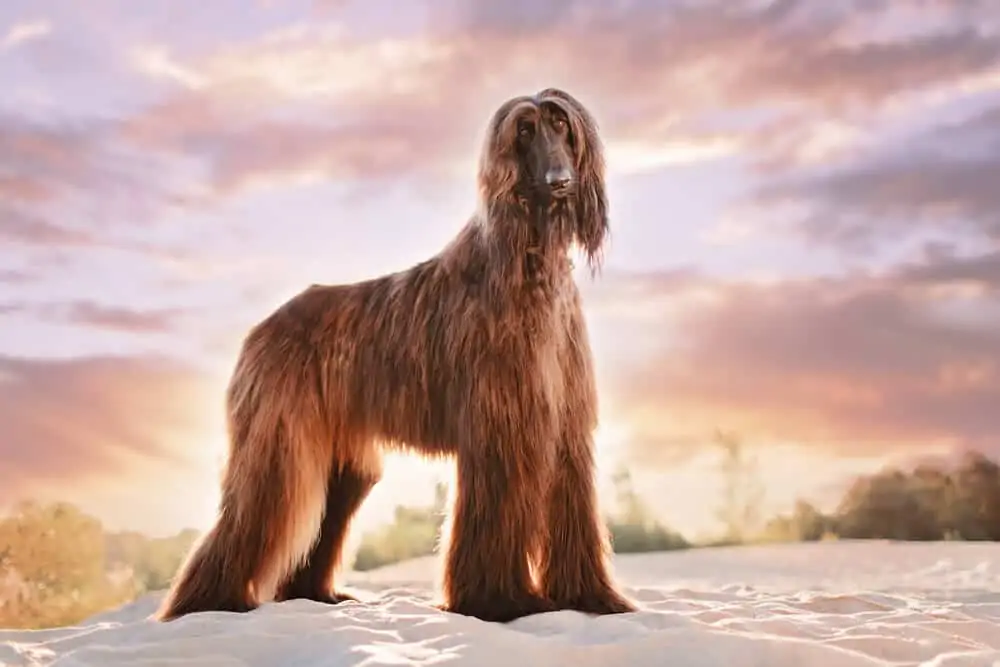
Dogs with silky coats have a single layer of soft, fine silky hair. These dogs also need regular grooming, like brushing every day, to maintain their healthy coat. Some popular breeds with silky hair are:
- Silky Terrier
- Yorkshire Terrier
- Cocker Spaniel
- Afghan Hound
- Maltese
- Irish Setter
Owning these dogs is a bit expensive because they need professional grooming more frequently. You’ll need grooming appointments every four to six weeks if you wish to keep the hair long.
But if you don’t mind trimming the hair, the short puppy cut usually lasts three months at most.
Dogs with silky hair, such as the Yorkie, require regular grooming to prevent tangles and matting. You should brush them at least once a week, and give them a bath every 4-6 weeks.
Patrik Holmboe, Head Veterinarian
If you notice your dog’s hair is tangling and knotting frequently, consider brushing them every second day.
Wire-Haired Dogs
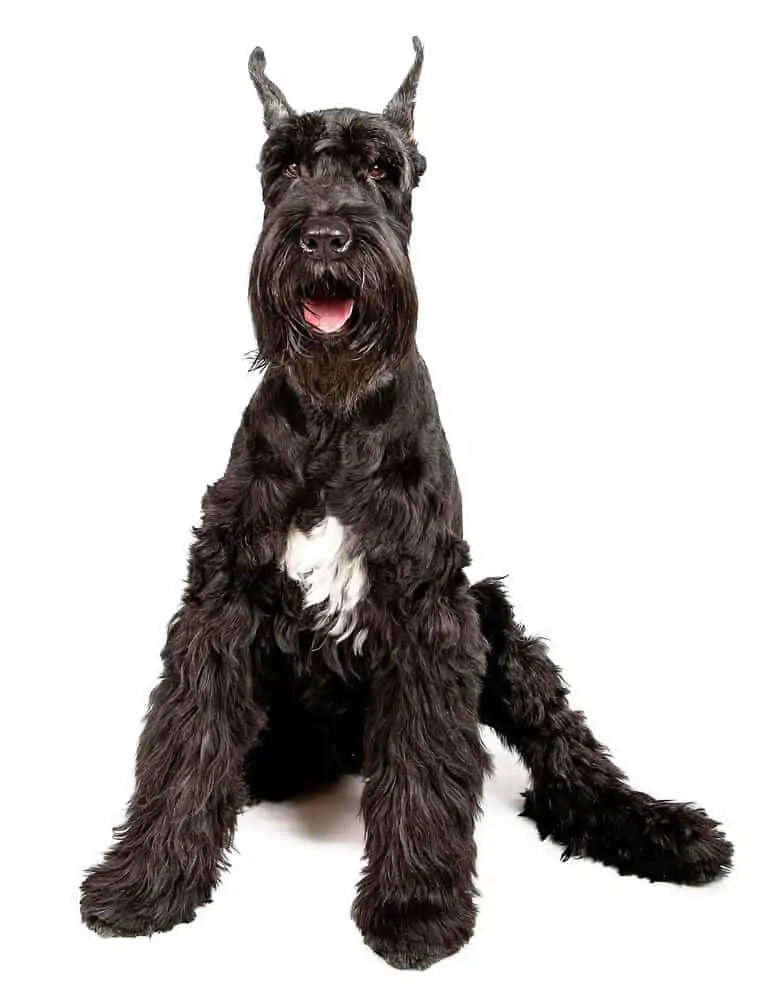
Wire-haired dogs like Pointing Griffon are low-maintenance breeds. They have very coarse, bristly hair. Such dogs are not prone to matting, so you can skip brushing them every day. Dogs with such coats are:
- Giant Schnauzer
- Miniature Schnauzer
- Wire-haired Jack Russell
- Border Terrier
- Wire Haired Pointer
- Wire Fox Terrier
- Wire Haired Dachshund
The coarse fur of these dogs needs to be hand-stripped periodically. Hand-stripping is a process where you pull out the old dead hairs with a grooming knife. As it’s a very delicate process, it’s best to get it done by a professional groomer every few months.
Wire-haired dogs, such as the Wire Fox Terrier, require regular clipping and stripping to keep their coats in good condition. You should brush them at least once a week, and give them a bath every 4-6 weeks.
Patrik Holmboe, Head Veterinarian
Dogs With Curly And Wavy Coats
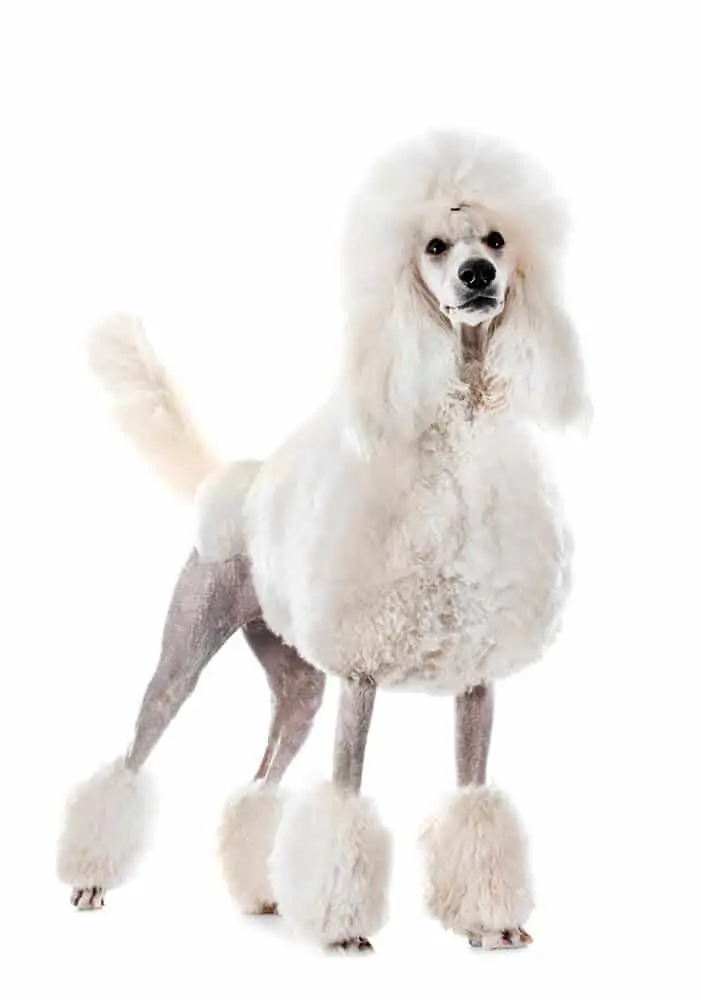
Curly and wavy-haired dogs need the most amount of grooming. You need to brush them daily to prevent matting and tangled hair. Some popular curly-haired dogs are-
- Poodles
- Different Poodle Mixes
- Bichon Frise
- Portuguese Water Dog
- Cavalier King
- Bedlington Terrier
- Cavalier King Charles Spaniel
- Chesapeake Bay Retriever
The heavy curly coat increases the risk of skin infections and mats, and you need to brush them every day or every second day.
Moreover, such dogs need a professional groomer every six to eight weeks for a thorough cleaning, so be prepared to bear the expenses when you get a curly-haired dog.
Other Things To Consider While Grooming Your Dog
Dog grooming is not limited to the coat/fur. Don’t forget about your dog’s teeth and nails.
Vets recommend brushing their teeth every day to prevent plaque buildup. Tooth decay and other dental diseases are quite common among dogs, so use good puppy toothpaste and a puppy-safe toothbrush to keep their teeth healthy and shiny.
It’s best not to let their nails touch the ground, so clipping your dog’s nails every three to four weeks is recommended. Or whenever you see their nails growing beyond their pad, clip them or have a professional clip them for you.
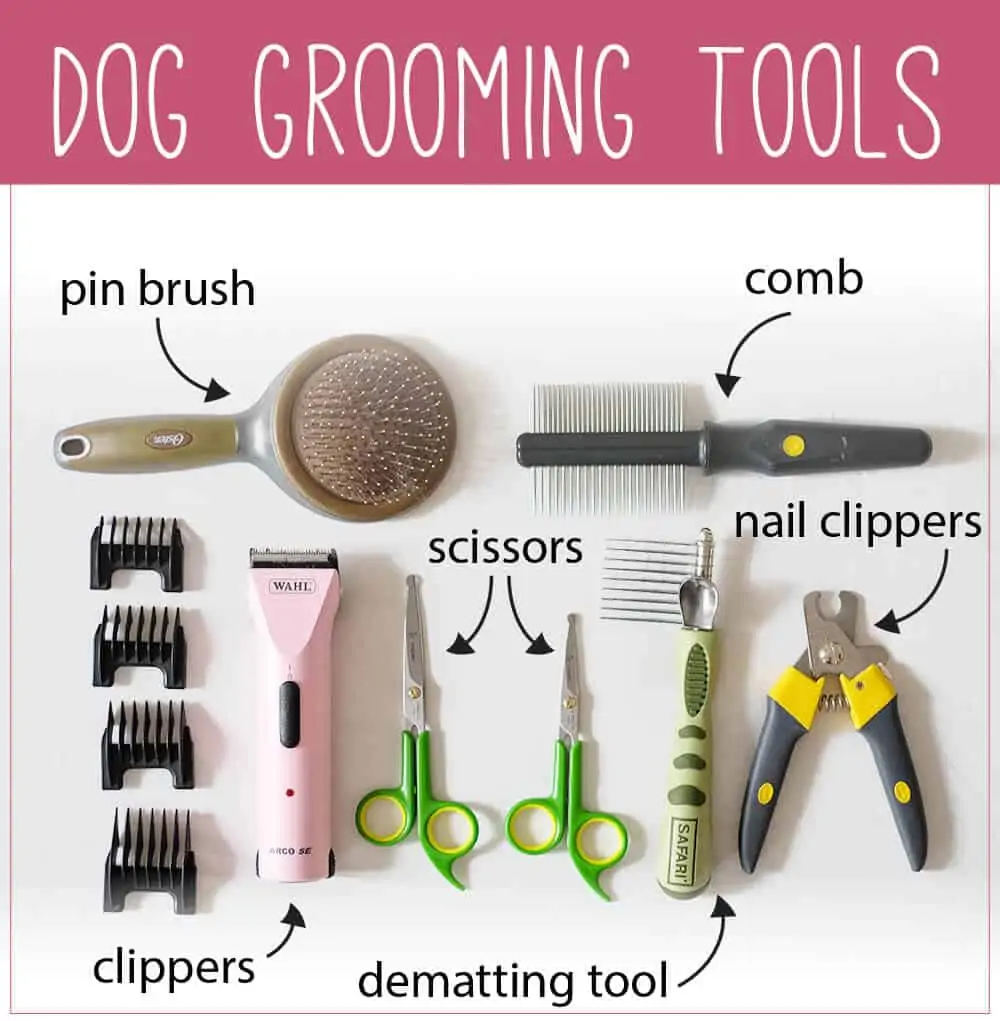
Takeaway
Keep in mind the tips I mentioned for the successful grooming of your dog. Your pooch will stay happy and healthy if you can keep up with their grooming needs.
This article may include affiliate links. www.travellingwithadog.com is a participant of Amazon.com Services LLC Associates Program. As an Amazon Associate, I earn a commission from qualifying purchase. www.travellingwithadog.com participates in other affiliate programs, and recieves commissions when purchases are made through the links. The cost is not inflated to account for the commission earned.
Veterinary Disclaimer: travellingwithadog.com is not a substitute for veterinary advice and does not intend to provide any type of veterinary advice for your animals. Please consult your vet for any questions you have regarding your pets health.
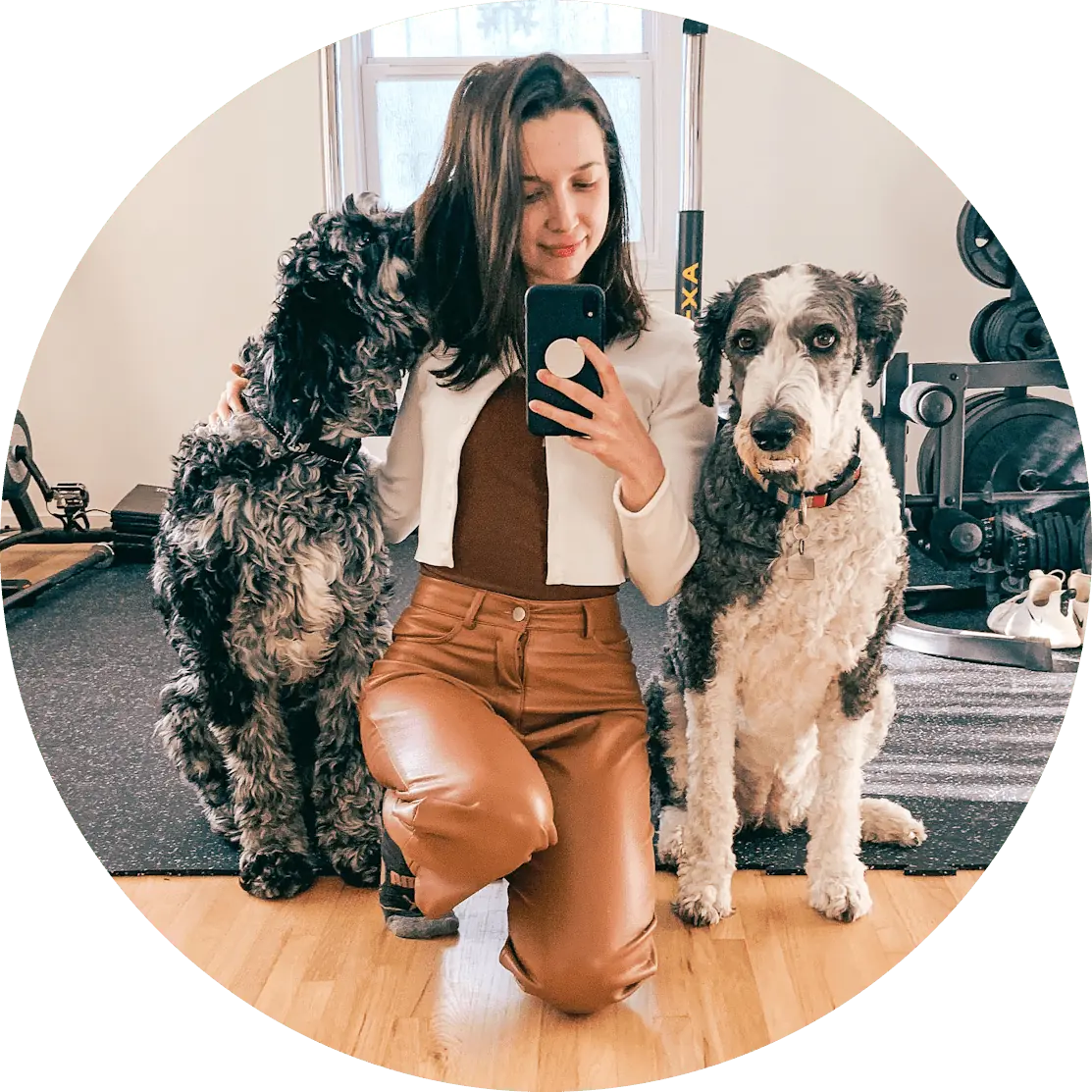
About the Author:
Dana owns a Sheepadoodle and a rescue merle Labradoodle. Her first dog growing up was a white Toy Poodle and she’s loved dogs ever since. She has years of experience fostering dogs and has helped find homes for a variety of different breeds, both large and small! After seeing so many dogs end up unwanted and in shelters, she began blogging about different dog breeds (specifically Doodle dogs, since that’s what she knows best) to help people make informed choices when adding a new member to their family.
When Dana’s not brushing her Doodles’ hair (it takes a lot of time for two!) you can find her playing nose work games and fetch with her two amazing pups.
Learn more about her here.

